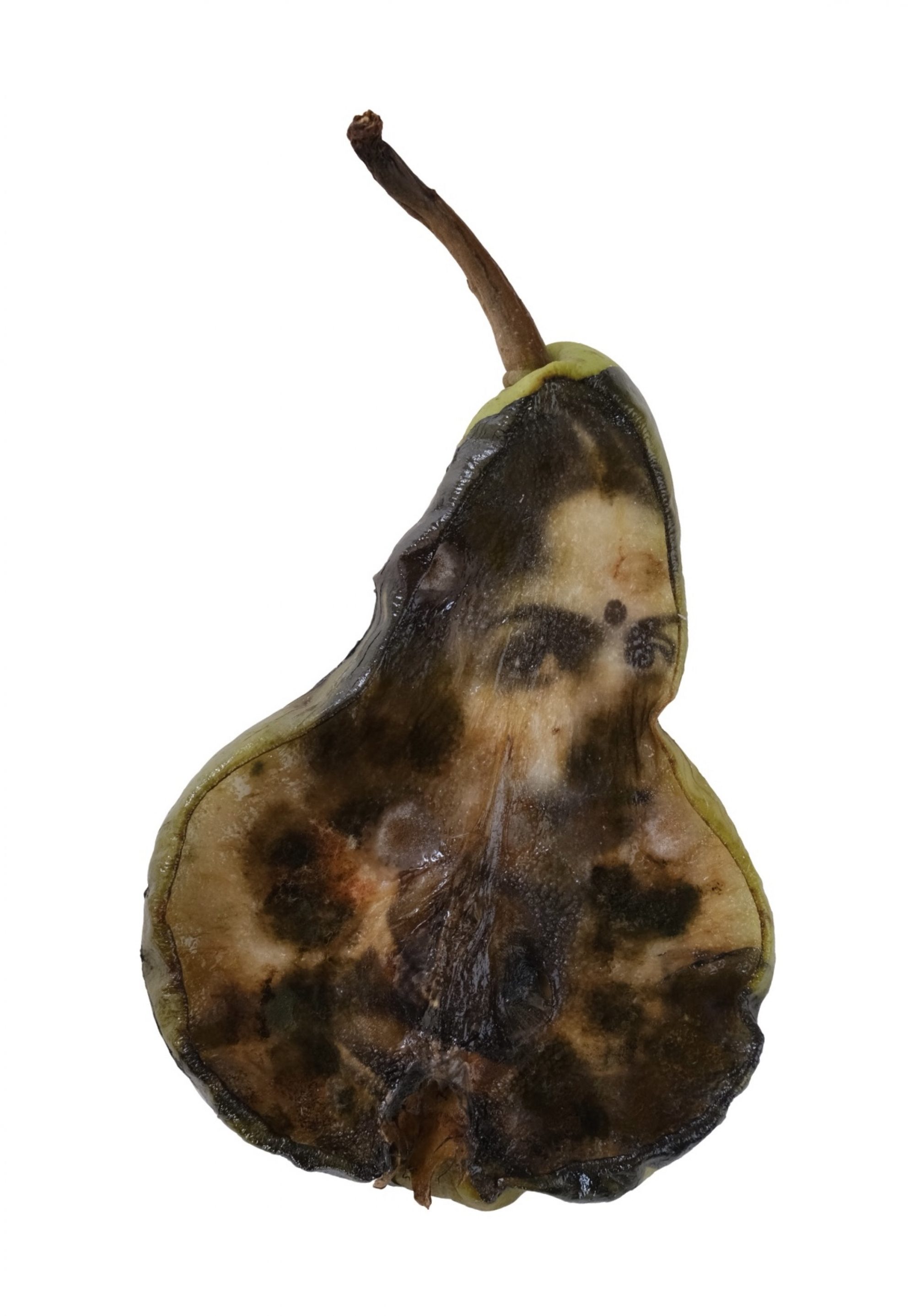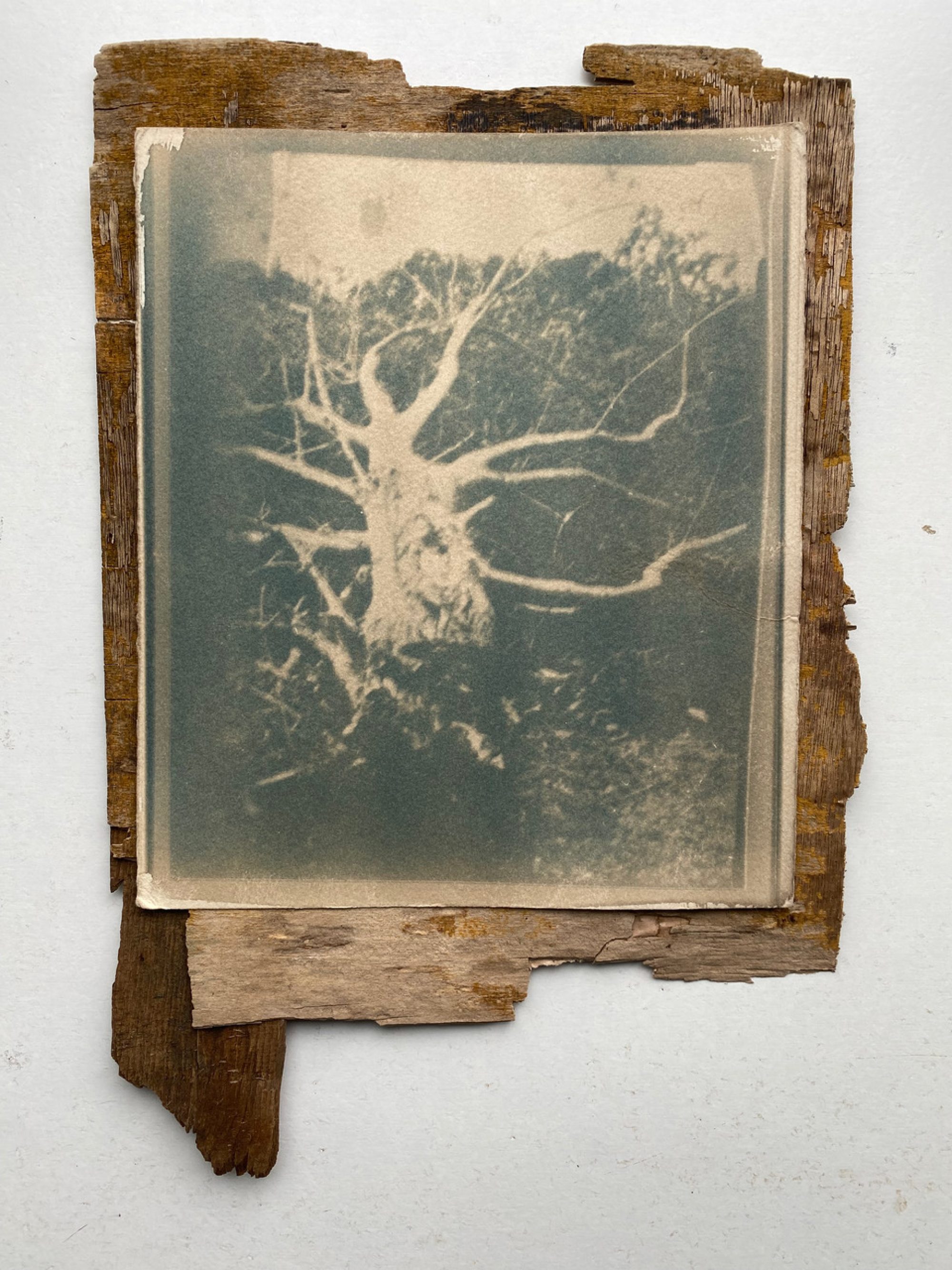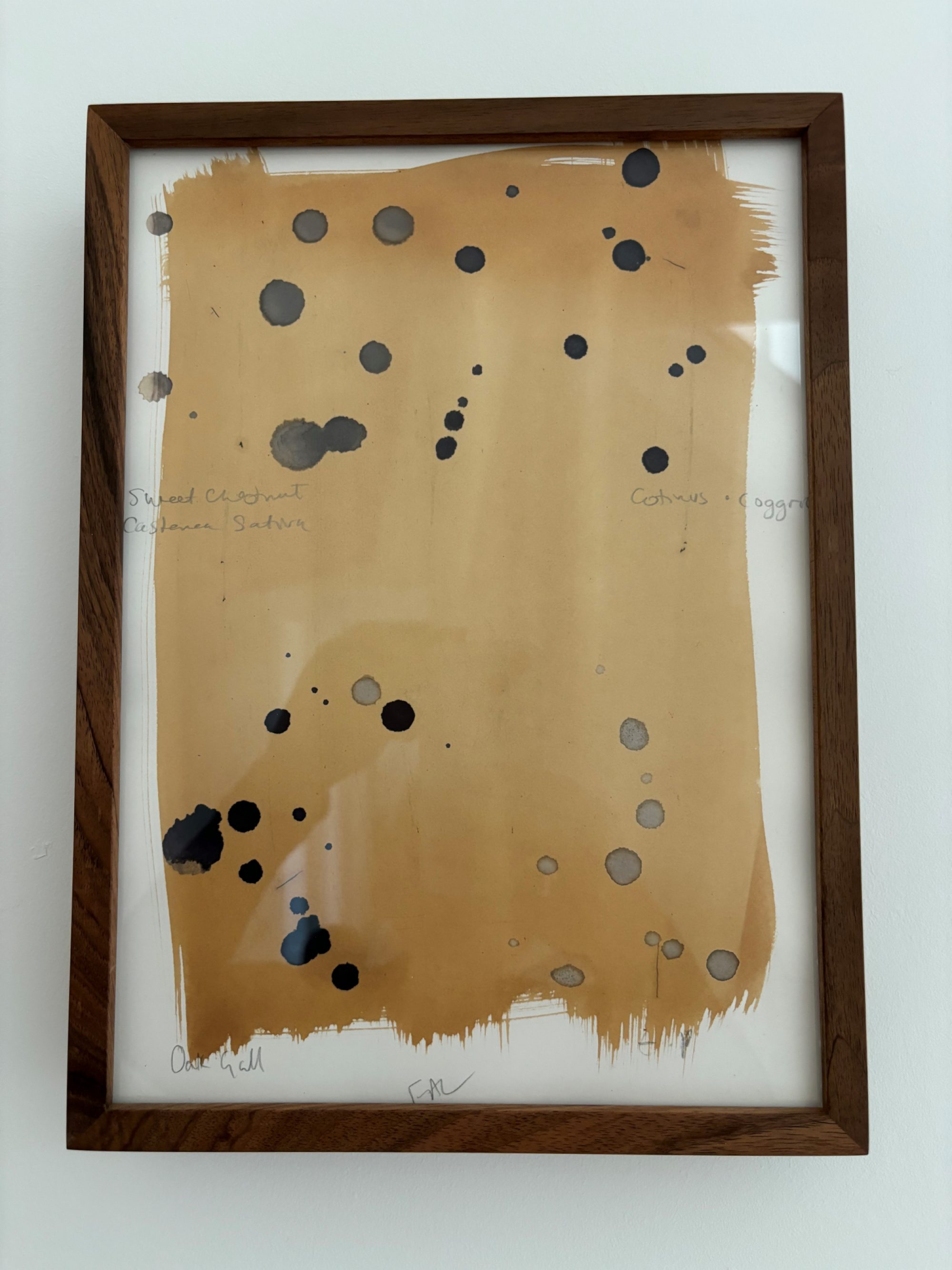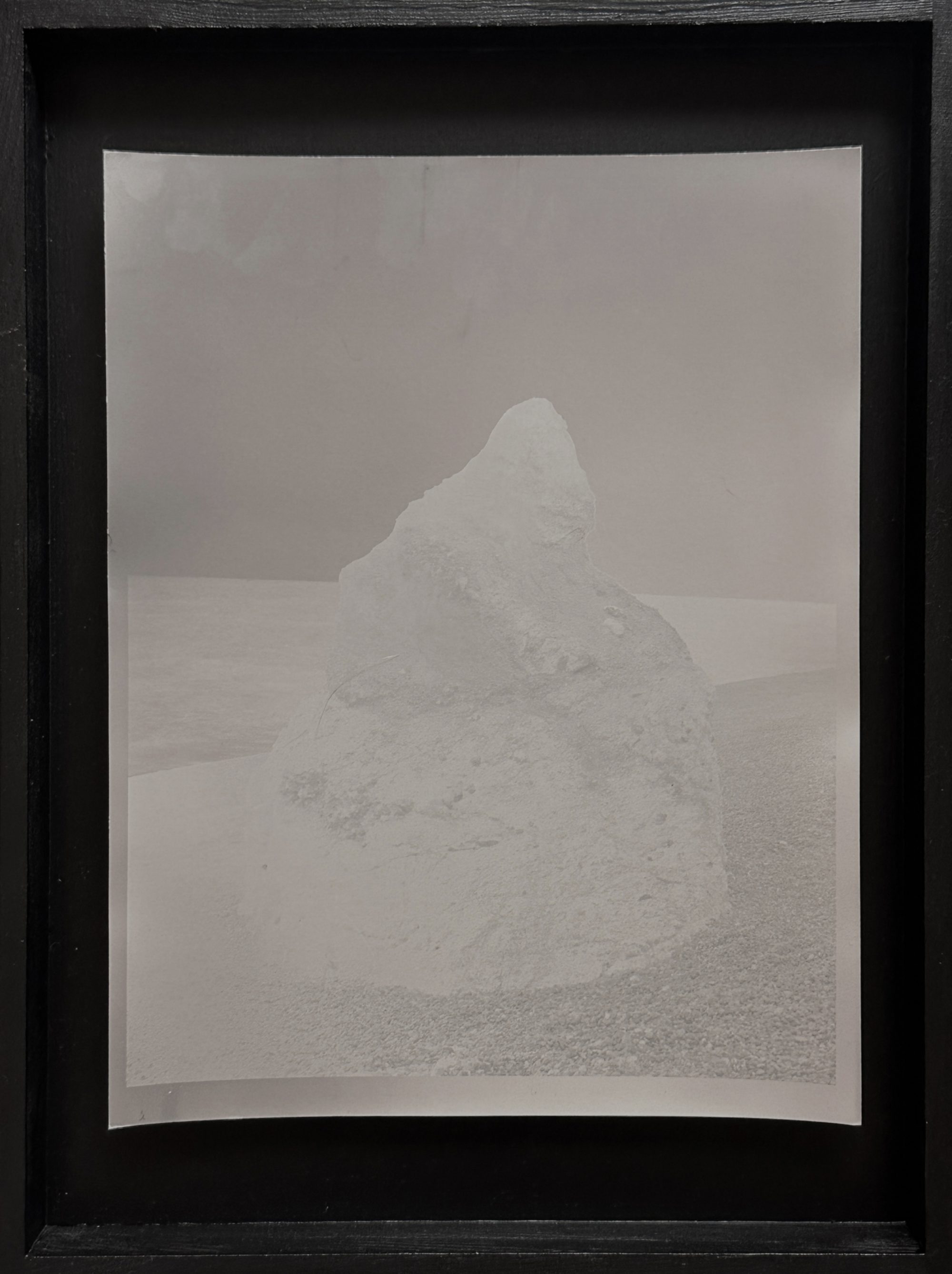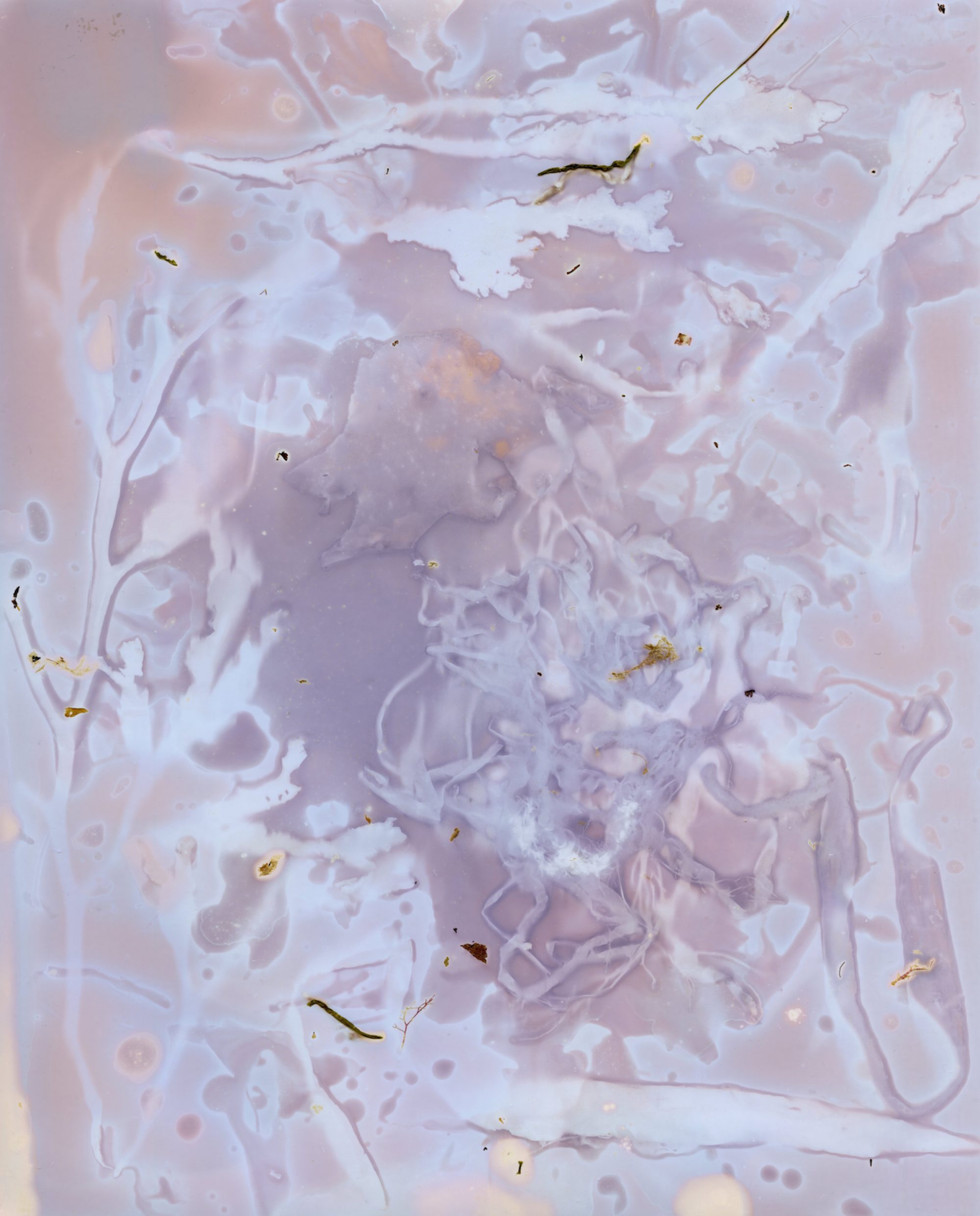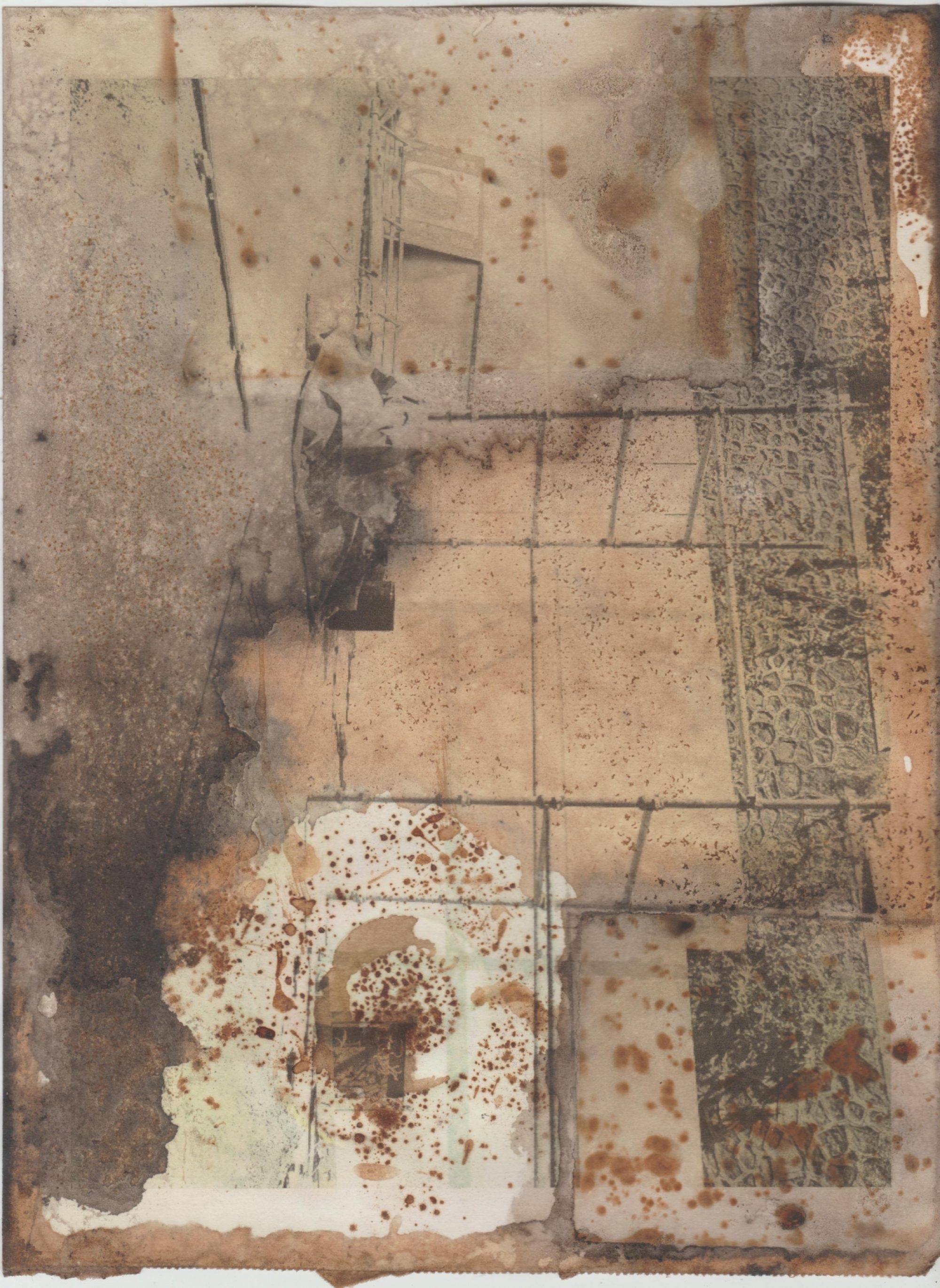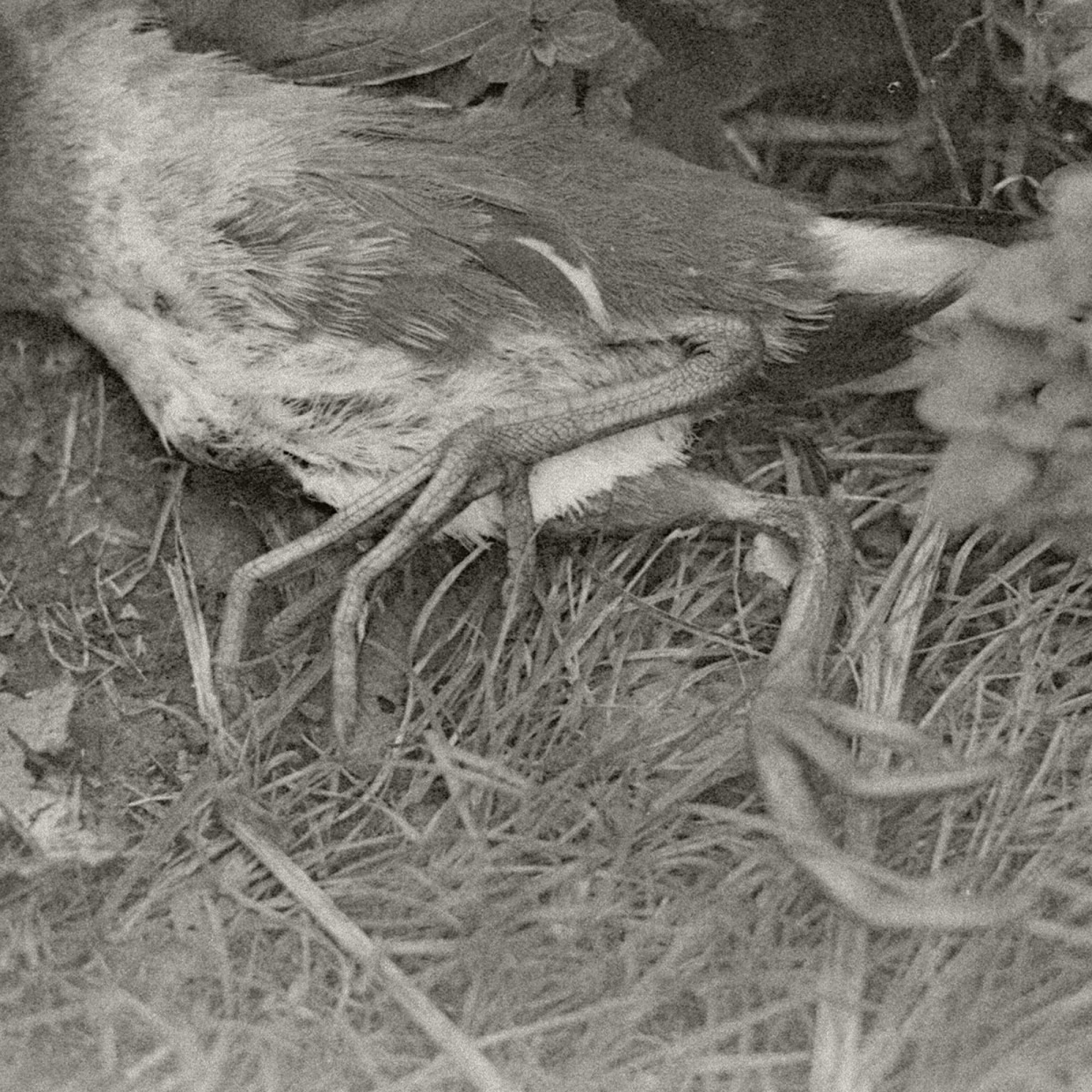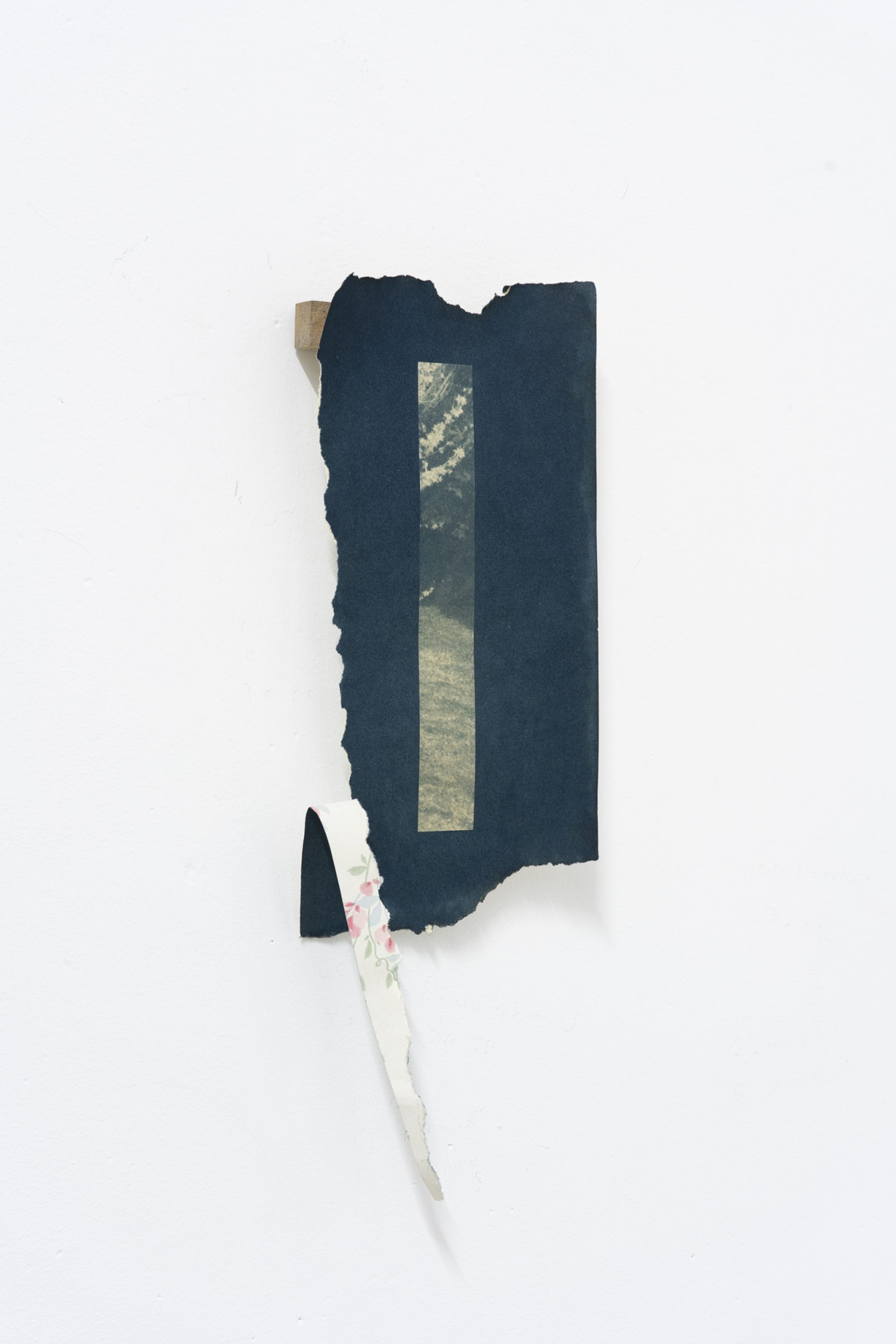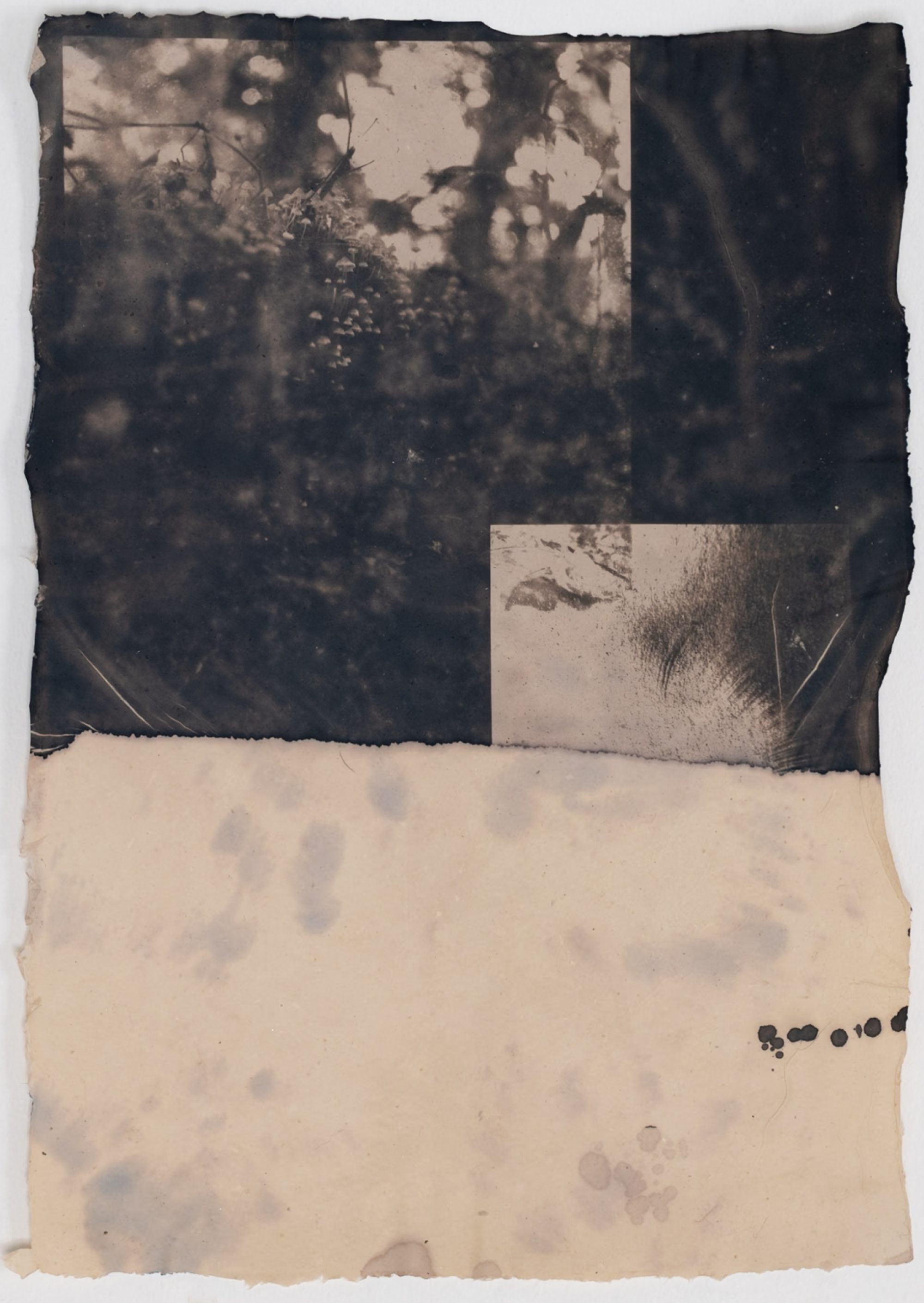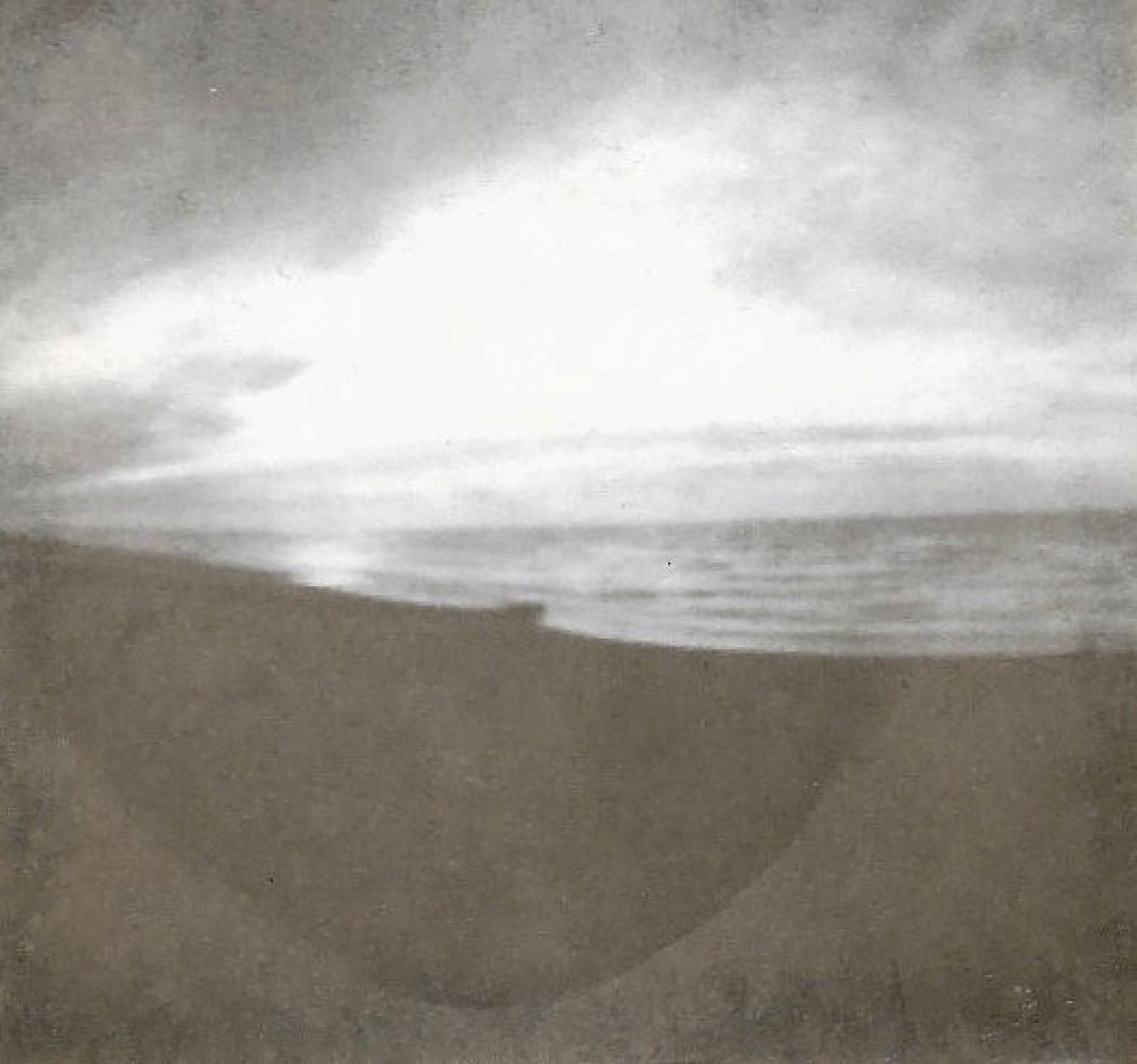Symbiosis III
London Alternative Photography Collective
‘Symbiosis III’ is an evolving collection of works by members of the London Alternative Photography Collective, exploring the relationship between image makers, the more-than-human, and alternative photographic processes.
What does it mean to be in relationship with a landscape or a plant for extended periods of time – to witness the interplay between individual species within their ecosystems? What is the role of artistic testimony when witnessing symbiosis within these relationships?
Whether by process or theme, this collection of works documents interspecies relationships – including those between humans and non-humans. Photographic and momentary, they are mid-relationship – we can only guess the before and after.
Artists:
Ed Sykes
Ky Lewis
Hayley Harrison
Megan Ringrose
Soham Joshi
Sophie Sherwood
Esme Papa
Sayako Sugawara
Anna Lukala
Anna Kroeger
Riya Panwar
Wendy Hardie
Laura Hindmarsh
Milena Michalski
Zara Carpenter
Ed Sykes
Ky Lewis
Hayley Harrison
Megan Ringrose
Soham Joshi
Sophie Sherwood
Esme Papa
Sayako Sugawara
Anna Lukala
Anna Kroeger
Riya Panwar
Wendy Hardie
Laura Hindmarsh
Milena Michalski
Zara Carpenter
10- 14 Waterloo Place
Brighton
BN2 9NB
Map
Collectives Hub - Main Gallery
4 October - 17 November
Tuesday 12:00–17:00
Wednesday 12:00–17:00
Thursday 12:00–17:00
Friday 12:00–17:00
Saturday 12:00–17:00
Sunday 12:00–17:00
